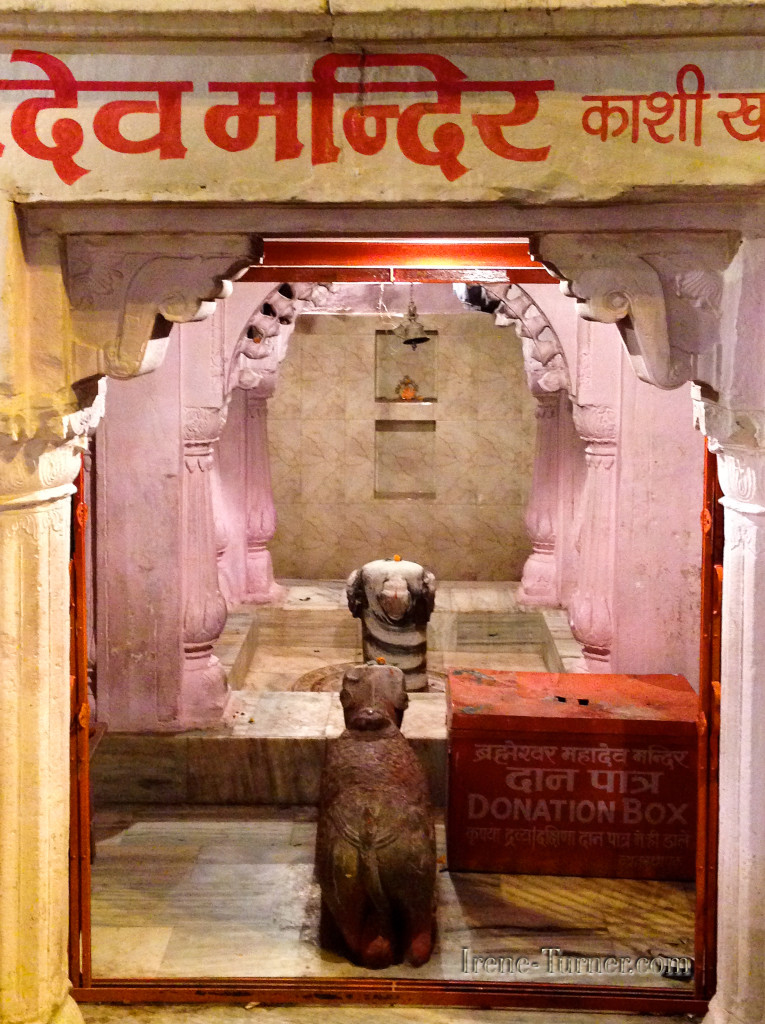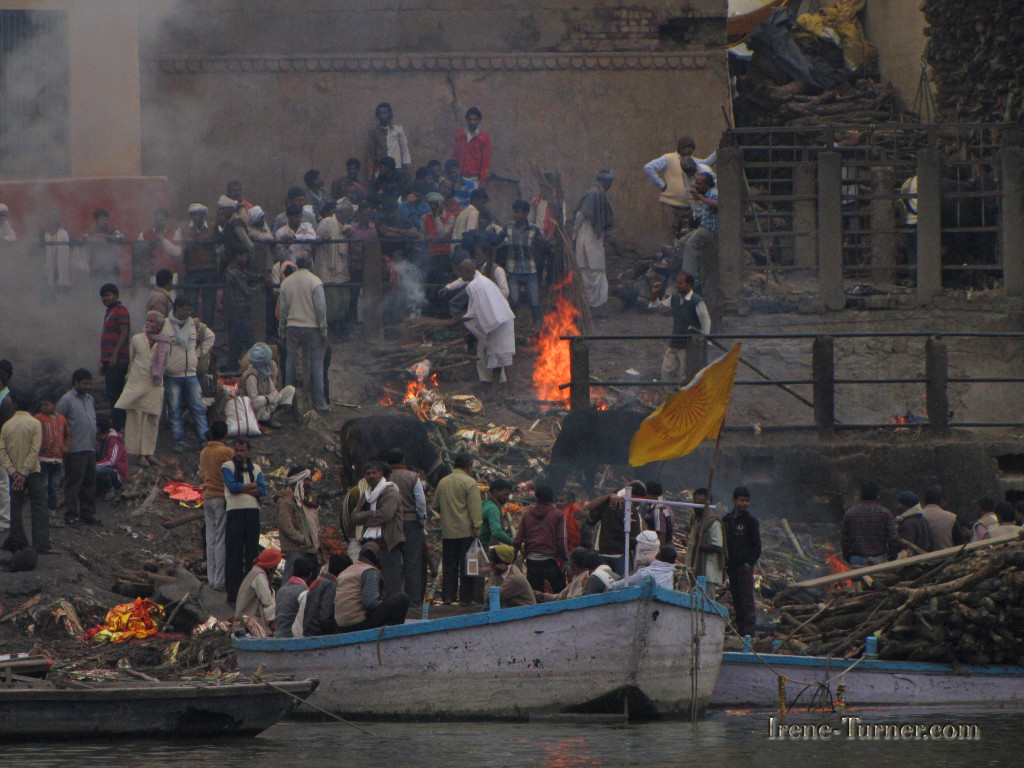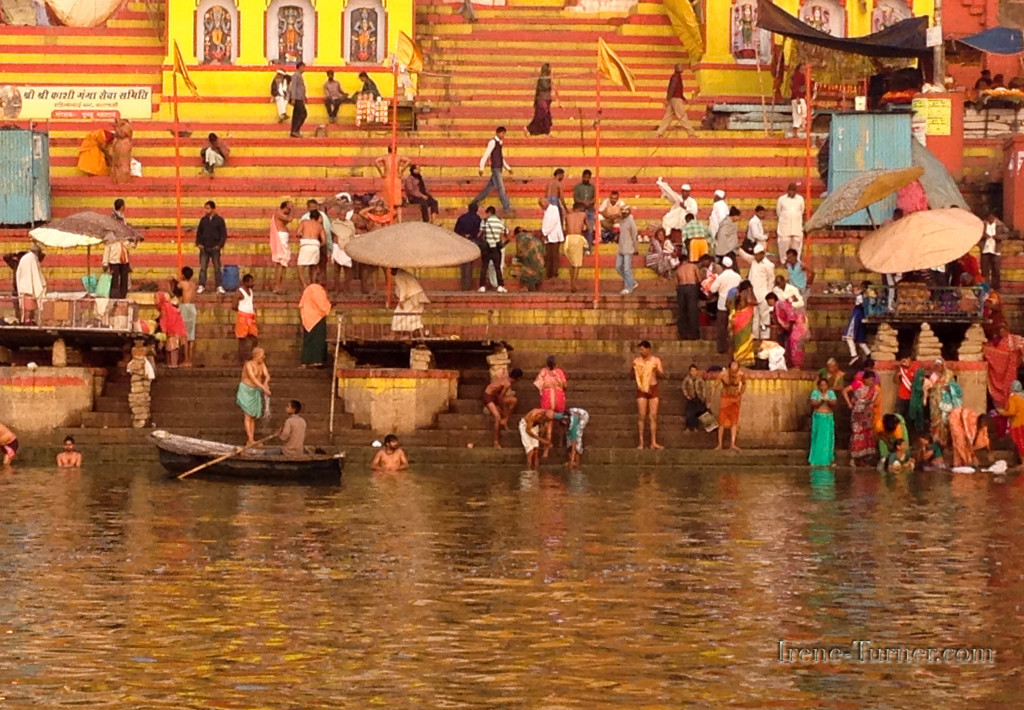Varanasi India is one of the oldest living cities in the world, and THE oldest in India. Also known as Benares, Kashi, or the city of Shiva, it is a place of pilgrimage for Hindi’s worldwide. It is both the most fascinating and the most intense city I have ever visited, and no one leaves Varanasi untouched!
Over 2500 years old, Varanasi rests on the banks of the Ganges River in one of India’s poorest states, Uttar Pradesh. Life there happens on the river, in the narrow streets of the old town, on the roof tops of old and decrepit buildings, and in the new part of the city that is expanding continuously.
While it is the holiest of the seven sacred cities in Hinduism, it also played an important role in the development of Buddhism. And while there are mosque’s, churches and Sarnath, a Buddhist pilgrimage spot, it is predominantly Hindu, with 90% of the Hindis bowing to Shiva, the God of destruction and transformation. There is literally a temple, alter or niche for their God in every home, office and store front.
It is extreme in EVERY way, chaotic, supremely smelly, incredibly dirty, in your face and the most colorful place I saw in India. Did I mention dirty? It’s everything that I imagined India as a whole to be, but that much more. It was what I wrote in my post on my trip to India before leaving…”it is all that is spiritual, tactile, colorful and the extremes of life”…and after my visit there I would add, death.
Yes, Varanasi is the place where Hindu’s come to die. Passing away on the steps or ghats beside the river is considered auspicious. According to the Hindu belief, dying and getting burnt in Varanasi offers the opportunity to reach liberation; the escape from the cycle of death and rebirth, and to achieve union with Brahman or God.
Cremation is a very important ritual for Hindus in general, an interaction with the gods by which the deceased is given over to the Divine. For me the most fascinating aspect of Varanasi was these crematoriums located on the river front, right in the middle of everyday life.
In Hindu mythology water is the source of life and creation, therefore rivers and riverbanks are considered to be holy. This is especially true of this particular segment of the river Ganga, the riverbanks of Varanasi. Here the river is personified as a goddess, and is called “Mother Ganga”.
Due to the importance of the Ganges here, the ghats are often visited by pilgrims who seek God’s blessings by bathing in the water, drinking the water, performing their sacred rituals called puja, and ultimately dying and burning here. I was drawn to death in Varanasi, first because it was right there, but second, because it was ritualized in a way that seems to make it a part of living, rather than an ending.
While there is so much more to Varanasi then I’ve written here, from thriving Universities, to their silk weaving history, actually their place in history as a whole; it’s this aspect of complete integration of the spiritual into every aspect of life that I found beautiful, moving and simply fascinating. To me, the quote below truly epitomizes Varanasi.
“virtue does not grow easily in Banaras. And vice has no better place. For all come here to burn.” Rao
For more insight into my adventures here, check out the video of photos below (be sure to watch full screen for total effect)…and tell me, do you find Varanasi fascinating too?










